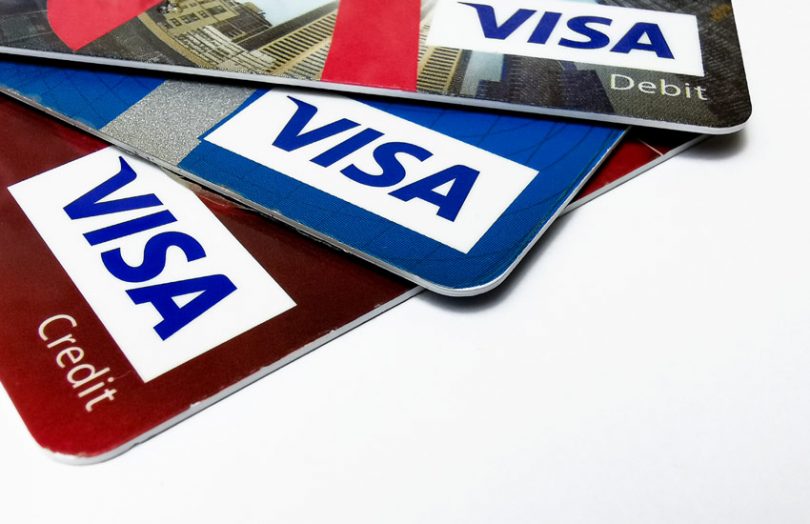Yesterday during Visa’s first-quarter earnings call, CEO Al Kelly spoke about its blockchain-based Visa B2B Connect solution and outlined its digital currency strategy.
The news is that Goldman Sachs has signed on to use Visa B2B Connect, which links with 80 markets. Visa B2B Connect is a corporate payment solution for cross border payments intended to sidestep SWIFT and correspondent banking by using the Visa network instead. It targets high-value payments that aren’t instant but settle within one to two days, subject to AML procedures. The solution incorporates a digital identity token that includes banking information. FIS has integrated with the network.
Digital currencies
Kelly spoke about digital currencies, which he separated into two buckets, cryptocurrencies versus payment tokens such as stablecoins and central bank digital currencies (CBDC). He doesn’t see cryptocurrencies as being used for payments, but instead, Visa provides its cards to be used as on and off ramps for investments and claims to have a significant penetration here.
In terms of stablecoins and CBDC he envisions these simply being another type of payments network that the firm will support.
Below is a transcript of Al Kelly’s digital currency comments.
There’s a growing interest in digital currencies. And I wanted to take a minute to talk about how Visa thinks about crypto in general and our approach. In this space, we see ways that we can add differentiated value to the ecosystem. And we believe that we are uniquely positioned to help make cryptocurrencies more safe, useful, and applicable for payments through our global presence, our partnership approach, and our trusted brand.
We think of the crypto market in two segments. First, there are cryptocurrencies that represent new assets, such as Bitcoin. Secondly, digital currencies or stablecoins that are directly backed by existing fiat currencies. We see all currencies in that first segment as digital gold. They are predominantly held as assets that are not used as a form of payment in a significant way at this point.
Our strategy here is to work with wallets and exchanges to enable users to purchase these currencies using their Visa credentials or to cash out onto a Visa credential to make a fiat purchase at any of the 70 million merchants where Visa is accepted globally. This is similar to our approach to connect with closed loop wallets such as LINE Pay and Paytm.
For the second segment, fiat-backed digital currencies, including stablecoins and central bank digital currencies, these are an emerging payments innovation that could have the potential to be used for global commerce, much like any other fiat currency. We think of digital currencies running on public blockchains as additional networks, just like RTP or ACH networks. But we see them as part of our network of network strategy.
Across both of these segments, we are the clear leader in this space. Today, 35 of the leading digital currency platforms and wallets have already chosen to issue Visa, including Coinbase, crypto.com, BlockFi, Fold and Bitpanda. These wallet relationships represent the potential for more than 50 million Visa credentials. The next leading network has a fraction of that.
And it goes without saying to the extent a specific digital currency becomes a recognized means of exchange, there’s no reason why we cannot add it to our network, which already supports over 160 currencies today.






